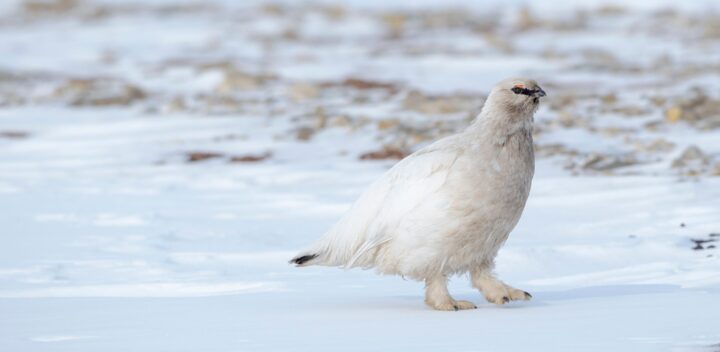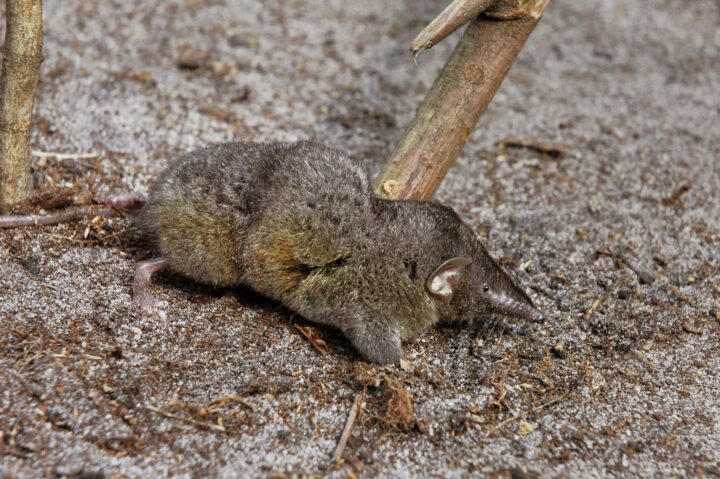The body of nematodes dictates their movement techniques via a strong external cuticle, longitudinal muscles, and pressurized core.
Related Content
“Nematodes, or roundworms, contrast sharply with the various sorts of flatworms. They have a strong external cuticle, a normally round cross section, and longitudinal muscles only. A grotesquely large species, the intestinal parasite Ascaris, was studied by Harris and Crofton (1957). Ascaris has a normal fiber angle of about 75 degrees; being unflattened, it lives just on the curve of figure 20.2, part way down the left-hand slope. Contraction of its muscles can only shorten it further. But shortening can only happen if it decreases in volume to move down the slope, which it can’t, or if the fibers stretch, which they do very little. Mainly, muscle contraction makes it much stiffer, generating internal pressures up to 30 kilopascals–around a third of an atmosphere. The hypertensive worms do get shorter, but only by about 10 percent. Nematodes can bend by contracting muscles on one side only; and this, too, increases internal pressure. Circumferential muscles are quite superfluous–the resilience of the cuticle antagonizes the action of the longitudinals. Or, looked at another way, with a pressurized core as strut, muscle on one side can antagonize muscle on the other side just as do the biceps and triceps muscles of our upper arms. The scheme permits nematodes some unpleasant life-styles such as burrowing through our flesh.” (Vogel 2003:413-414)
Vogel S. Comparative Biomechanics: Life’s Physical World. Princeton: Princeton University Press; 2003. 580 p.






